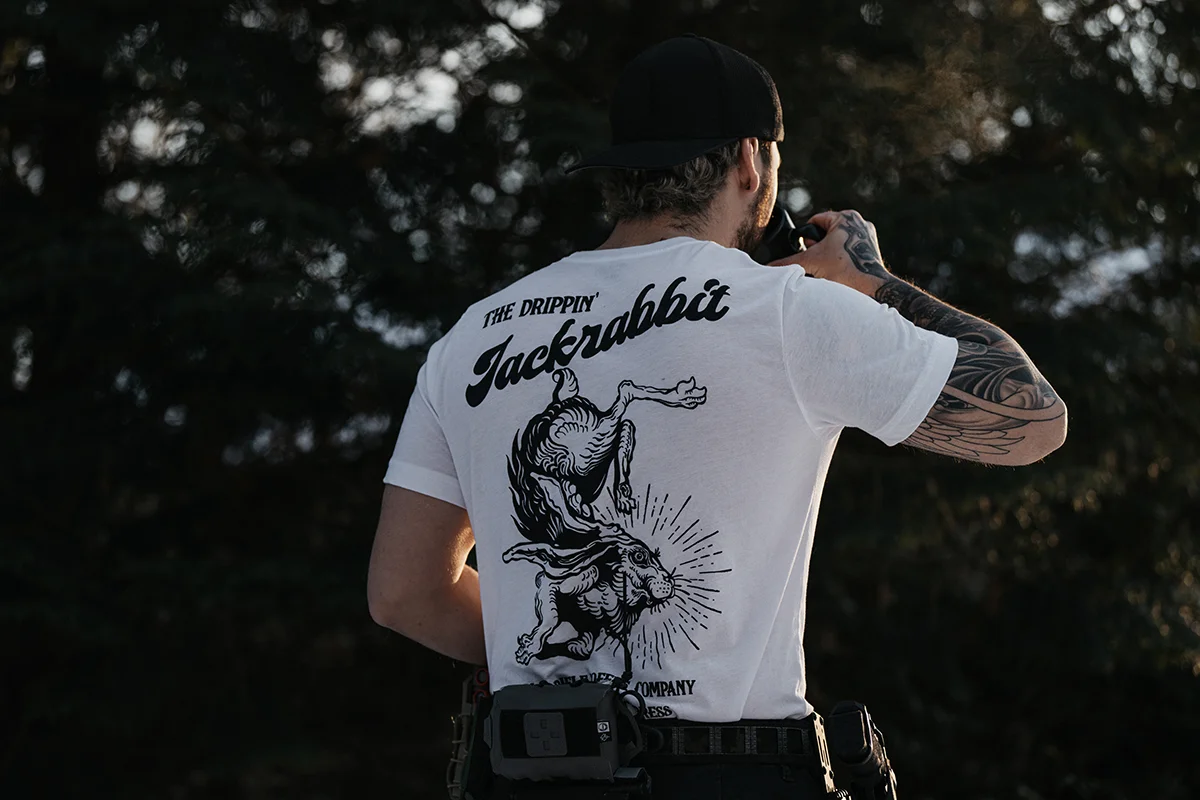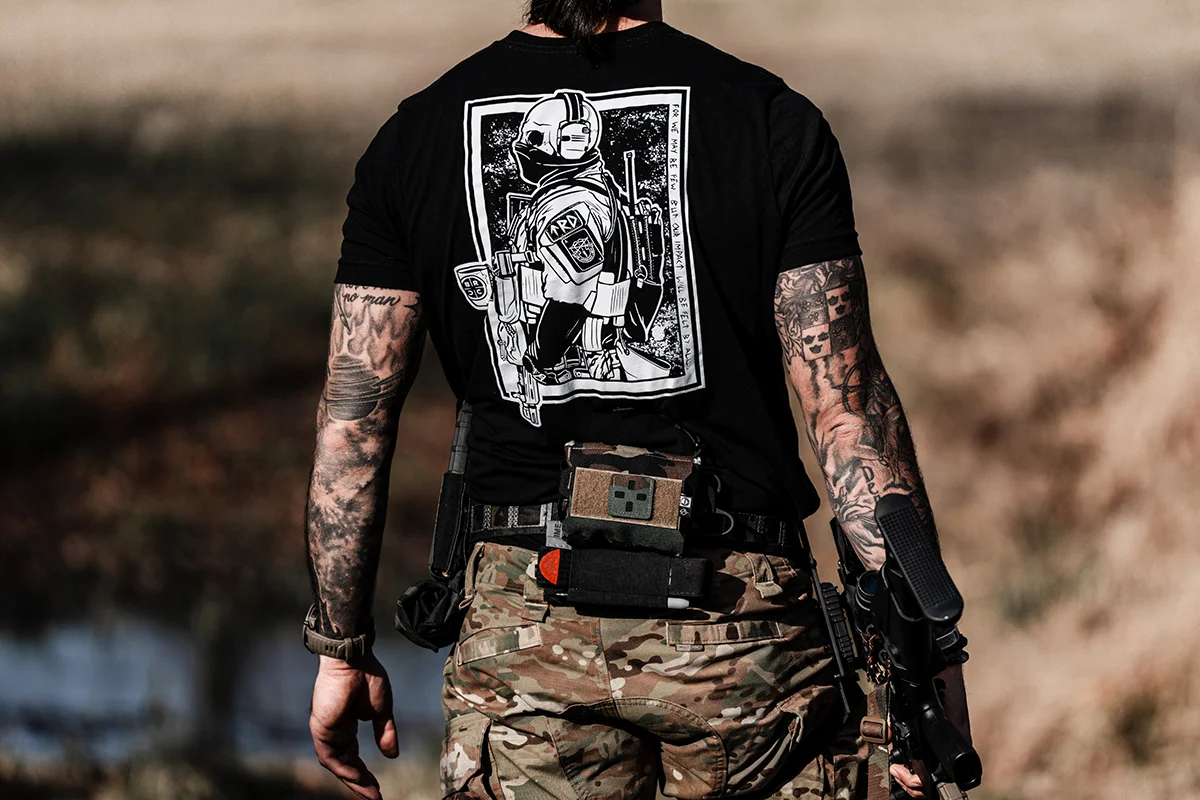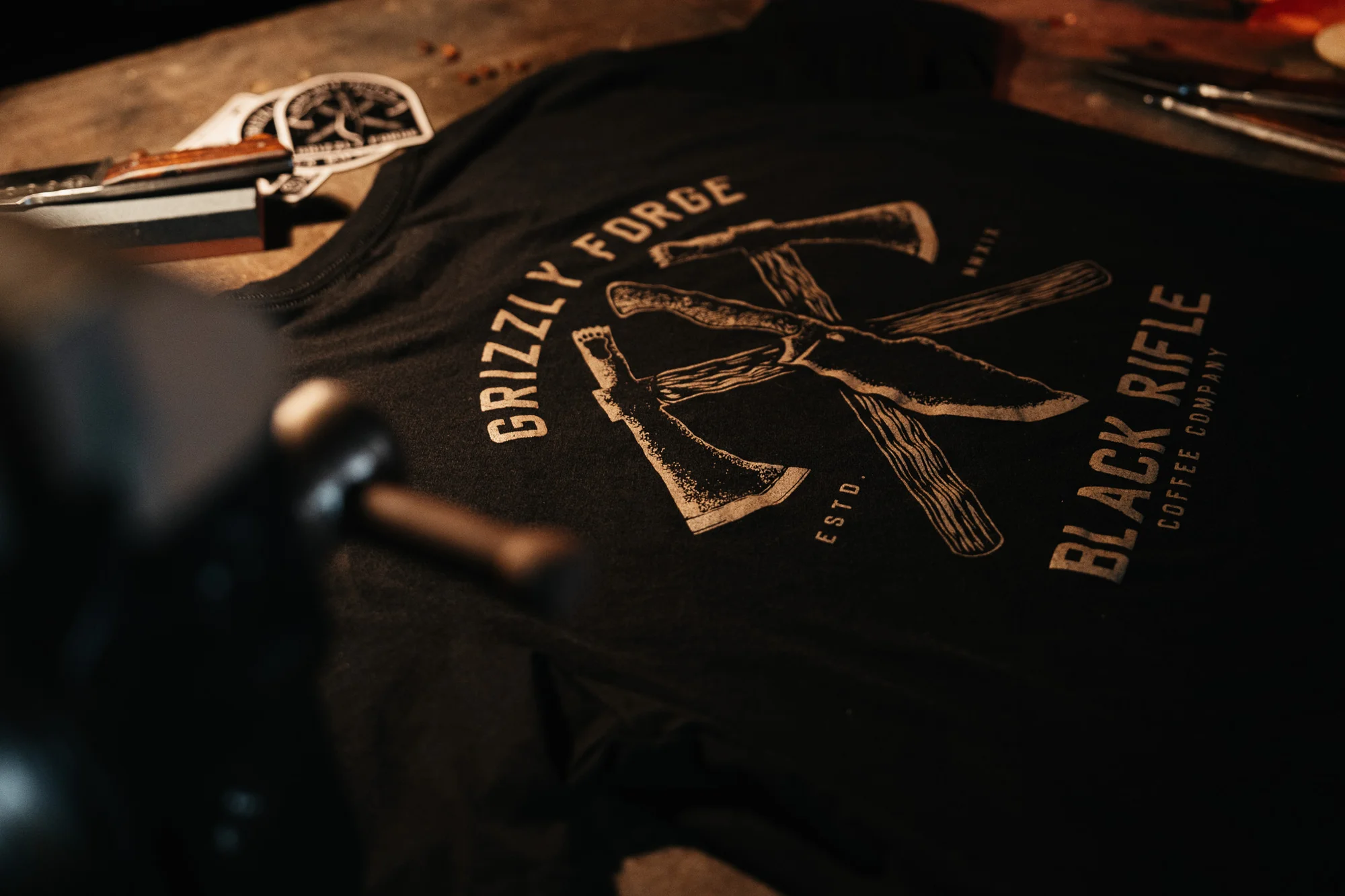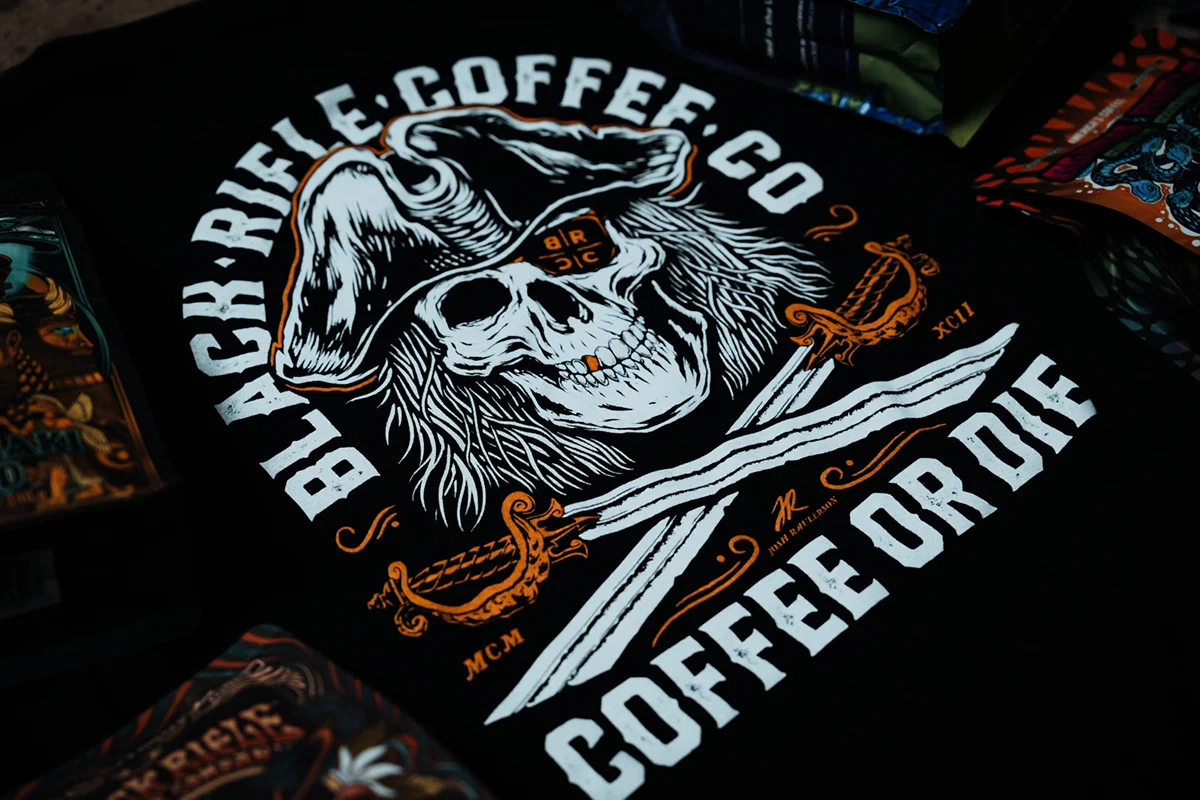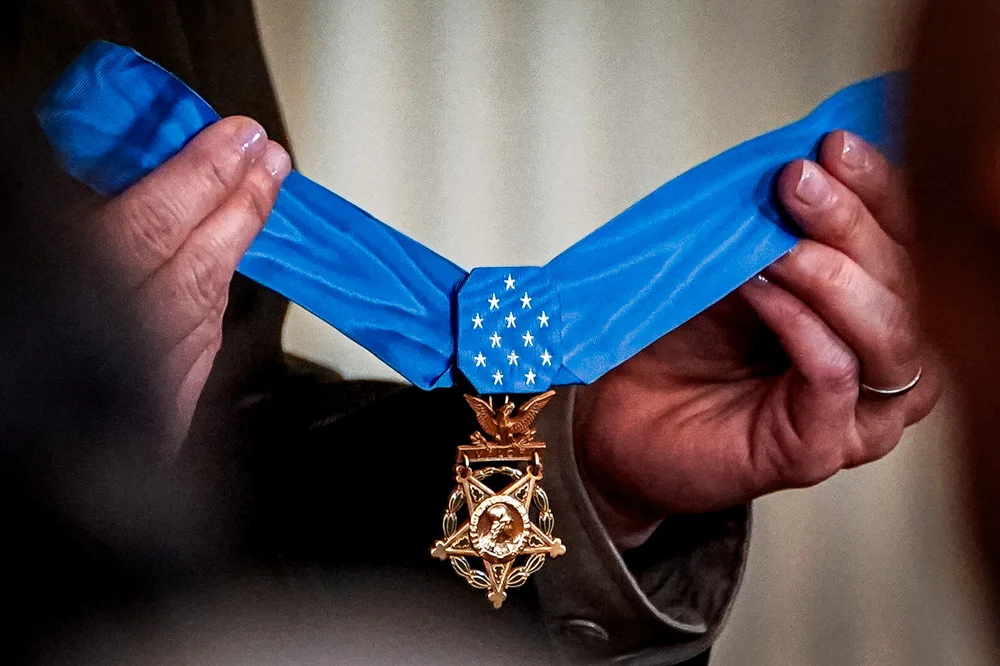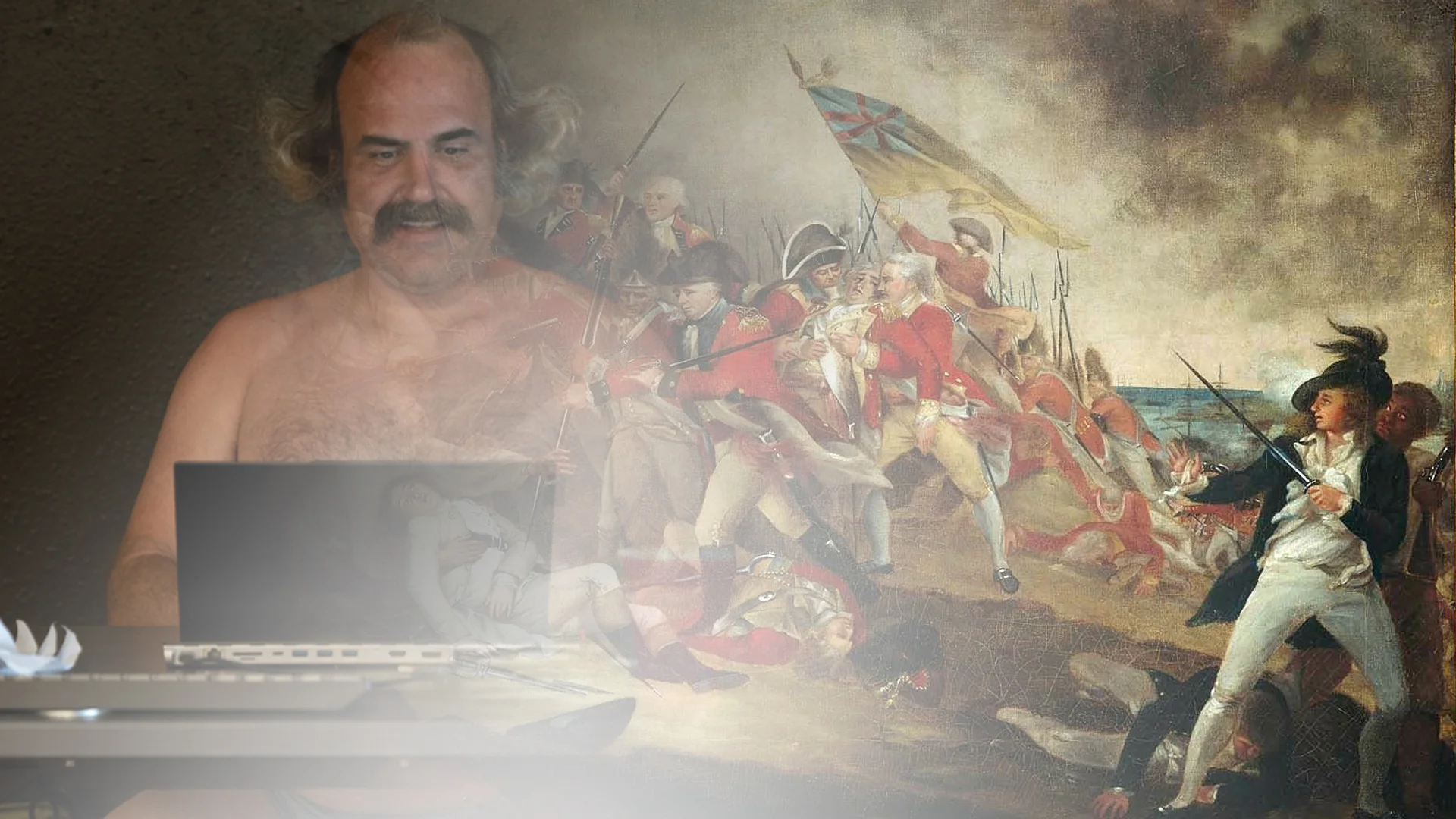US Army Vet, Anti-Cop Communist Agitator, Guilty on Molotov Cocktail Charges
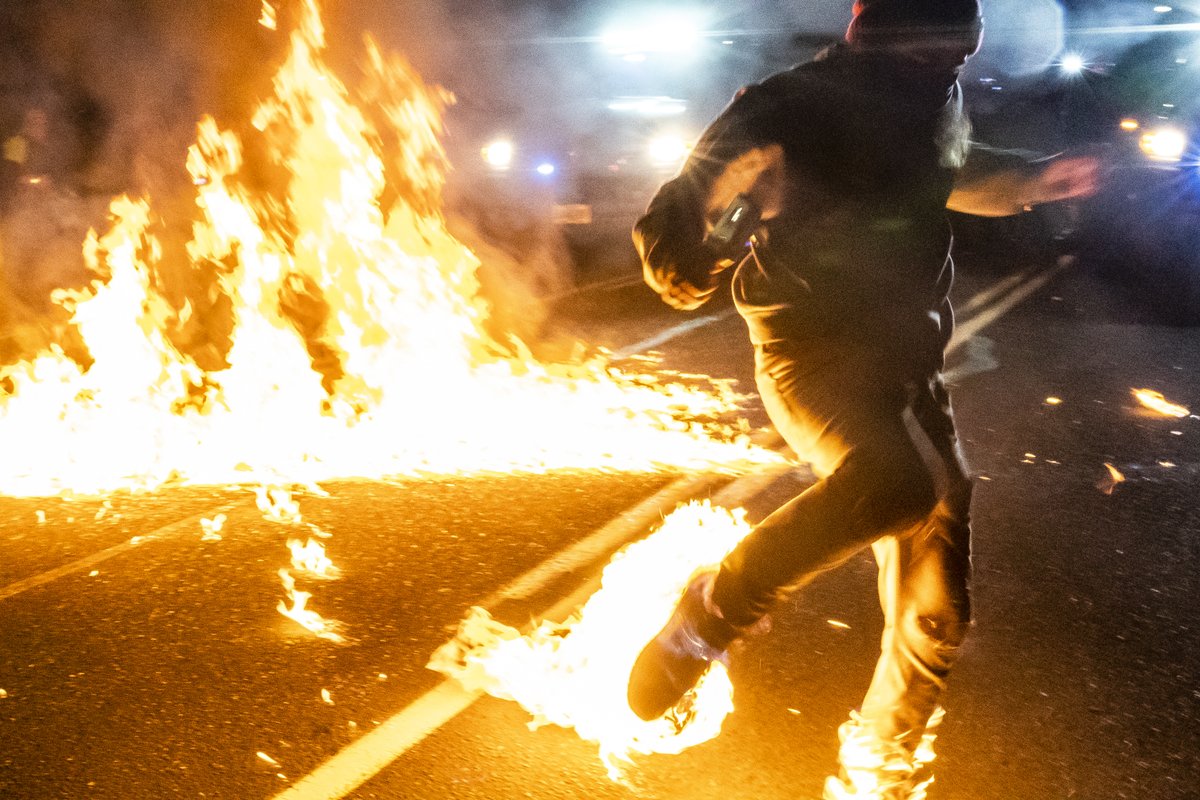
A protester, whose feet caught fire after a Molotov cocktail exploded on him, runs toward a medic during a protest against police brutality and racial injustice on Sept. 5, 2020, in Portland, Oregon. Photo by Nathan Howard/Getty Images.
A disabled US Army veteran who orchestrated potentially lethal Molotov cocktail and baseball bat attacks against cops during the Portland protests in 2020 has pleaded guilty to federal charges.
An agreement between prosecutors and the Indiana man, Malik Fard Muhammad, means he likely will spend no more than a decade behind bars after pleading guilty to two counts of possessing unregistered destructive devices. Muhammad, 25, is slated to be sentenced on June 21 before Chief US District Judge Marco A. Hernández in Portland.
Honorably discharged from the Army in 2018, Muhammad has admitted in federal court filings to a history of drug, alcohol, and psychiatric problems.
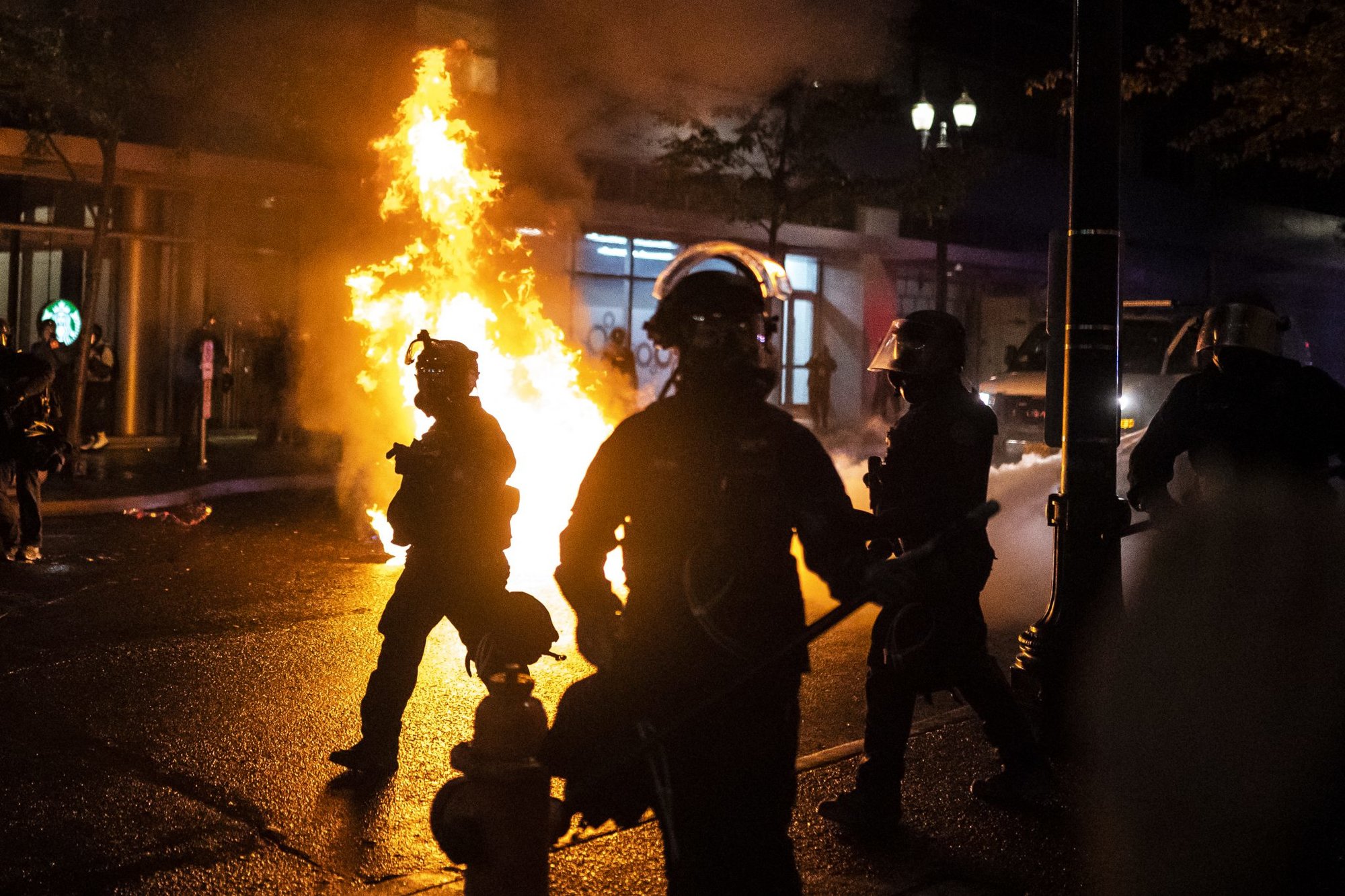
Muhammad’s plea deal erases other federal charges, including unlawful possession of a firearm, obstruction of law enforcement, and using explosives during the commission of a felony. But he’s also scheduled to enter a guilty plea on the afternoon of Tuesday, March 29, on similar charges in Multnomah County Circuit Court.
Those 28 counts against him include charges for attempted aggravated murder, riot, unlawful manufacture of a destructive device, criminal mischief, and the unlawful possession of a firearm.
Attempts to reach Muhammad by email and his cell phone weren’t successful. His criminal defense attorney did not respond to messages from Coffee or Die Magazine seeking comment.
Malik Fard Muhammad biography: 13 things about activist from Indiana https://t.co/Q80Pw14CUP
— CONAN Daily (@conan_daily) April 6, 2021
Muhammad’s crimes in Portland from Sept. 21-23, 2020, marked him as a domestic terrorist and brought the full weight of the FBI’s Portland Oregon Division of the Joint Terrorism Task Force down on him.
Although protests in Portland decrying then-Minneapolis Police Officer Derek Chauvin’s murder of George Floyd on May 25, 2020, in Minnesota began peacefully, they began to degenerate into a series of pitched street battles between increasingly violent demonstrators and law enforcement.
Investigators apparently first took notice of Muhammad on Sept. 5, 2020, during a large demonstration in the eastern section of Portland. The mob tossed commercial-grade fireworks, Molotov cocktails, and other objects at police. One incendiary device thrown at police hit a demonstrator, causing serious burns.
Authorities also suspected Muhammad had distributed baseball bats to the crowd to use on cops.
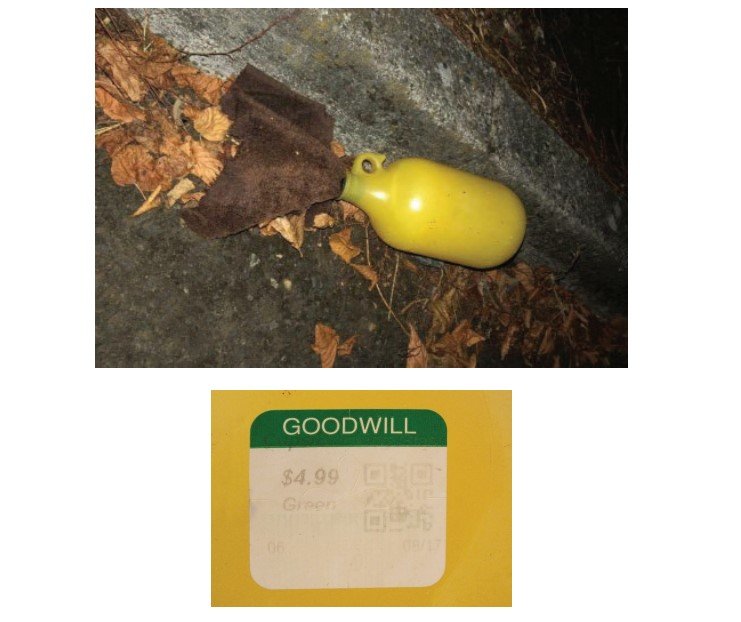
On Sept. 21, 2020, roughly 100 protestors descended on Portland’s Penumbra Kelly Building. A Portland Police Bureau crew used a Long Range Acoustic Device to tell the crowd they were trespassers. A Molotov cocktail flew from the mob and fell 15 feet away from the cops but didn’t ignite.
Investigators combing surveillance footage suspected Muhammad tossed the firebomb. The device was a yellow glass growler with a “Goodwill” sales sticker on the bottom, a cloth wick stopping up the incendiary liquid.
Two days later, a crowd estimated to have been twice as large formed near the Portland Police Bureau station house at 1111 Southwest 2nd Ave., blocking the streets. Cops used the LRAD again to order the mob to disperse, but they were met with marbles, rocks, and other debris. Arsonists lit fires. And someone threw another Molotov cocktail at the officers.
This one shattered. A fireball leapt up a Portland cop’s uniform. Another officer used a fire extinguisher to kill the flames. Fragments of the bomb showed it was similar to the yellow growler used two days earlier.
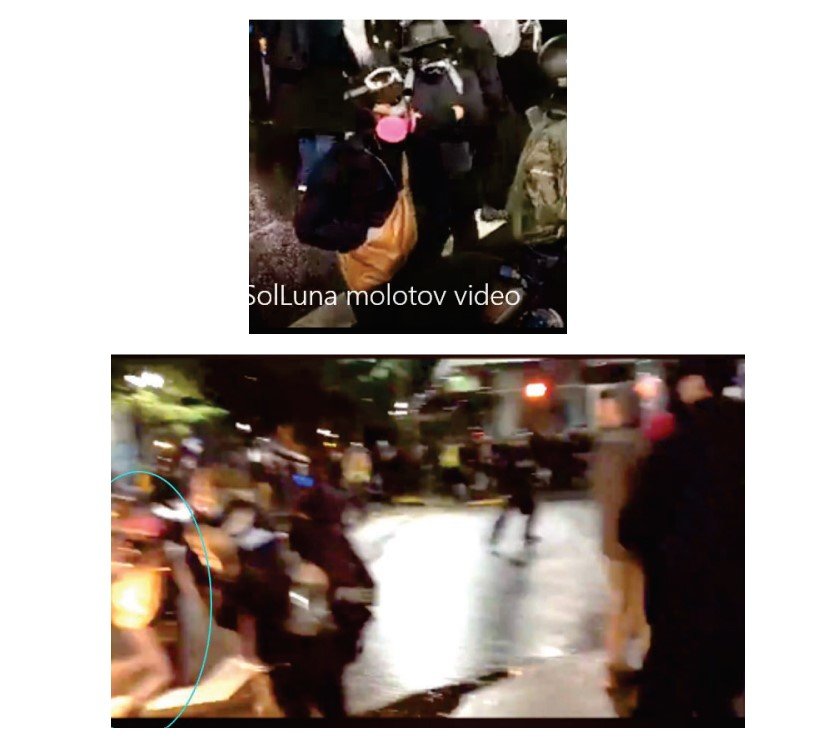
When investigators scanned social media photos of the incident, they traced the Molotov cocktail back to a tan canvas bag. The thrower also wore a pink gas mask.
Authorities turned to the Facebook pages of both Muhammad and his girlfriend, who had traveled to Portland from Indianapolis in late July of 2020. They also examined social media accounts from other activist groups and began to formulate a theory about Muhammad’s radicalization over the summer of 2020 to violence.
Muhammad appeared to have traveled to meet with five other anti-police activists in Louisville from Aug. 14-16, 2020, where they trained with two other groups on how to wield firearms.
In the wake of the police shooting of Jacob Blake in Kenosha, Wisconsin, on Aug. 28, 2020, Muhammad took to his social media to urge readers to “Kill cops. Shoot back. We say no justice no peace we mean NO PEACE.”
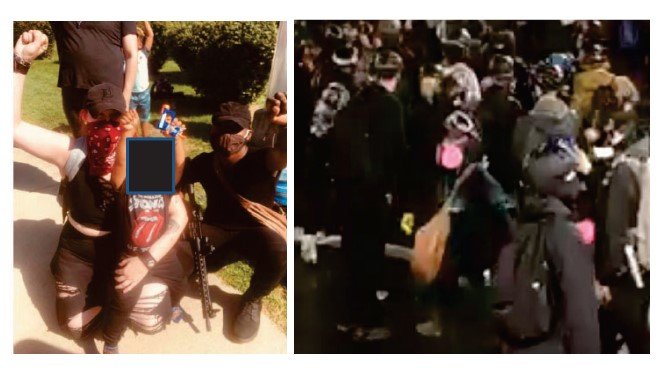
Three days later, Muhammad was back in Portland, telling his Facebook readers to “shoot back.” On Sept. 2, 2020, he played up a news story about Chicago street gangs forming a pact to kill cops, typing, “shoot, every opportunity you have.”
He began posing in photos — which were put online — carrying a rifle and the tan canvas bag investigators suspected he used to carry Molotov cocktails.
On Oct. 11, 2020, a group of demonstrators began a rampage across downtown Portland, tearing down statues of Abraham Lincoln and Teddy Roosevelt and smashing windows at the Oregon Historical Society, Portland State University, Bank of America, and other businesses.
Investigators later estimated the group caused more than $40,000 in property damage.
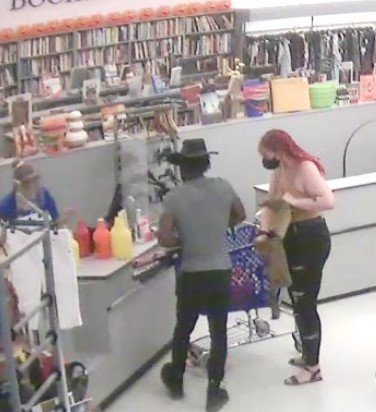
Undercover officers spotted Muhammad in the fray, carrying a shield emblazoned with the slogan, “abolish police.” They reported he was using a metal baton to shatter windows. Law enforcement moved in to nab Muhammad, but he bolted and hid behind some barrels. When the cops caught up to him, he had a loaded pistol magazine in his pocket. Behind the barrels, officers found a loaded 9 mm pistol.
Muhammad was arrested. Armed with search warrants, Portland Police officers seized his backpack and blue Ford F-250 pickup truck. They also raided the RV trailer where he’d been staying during the Portland protests.
In the RV, they found multiple firearms, including an AR-15 rifle and shotguns. Agents contacted the owner of the rifle and learned that Muhammad was a “communist revolutionary” who was plotting the “armed forceful takeover of a radio or television station,” according to court records.
In the truck, cops found a Sept. 4, 2020, receipt from a McMinnville, Oregon, Goodwill, for glass “growlers.” Store video footage captured Muhammad and his girlfriend buying the bottles and baseball bats there on Sept. 4, 2020.
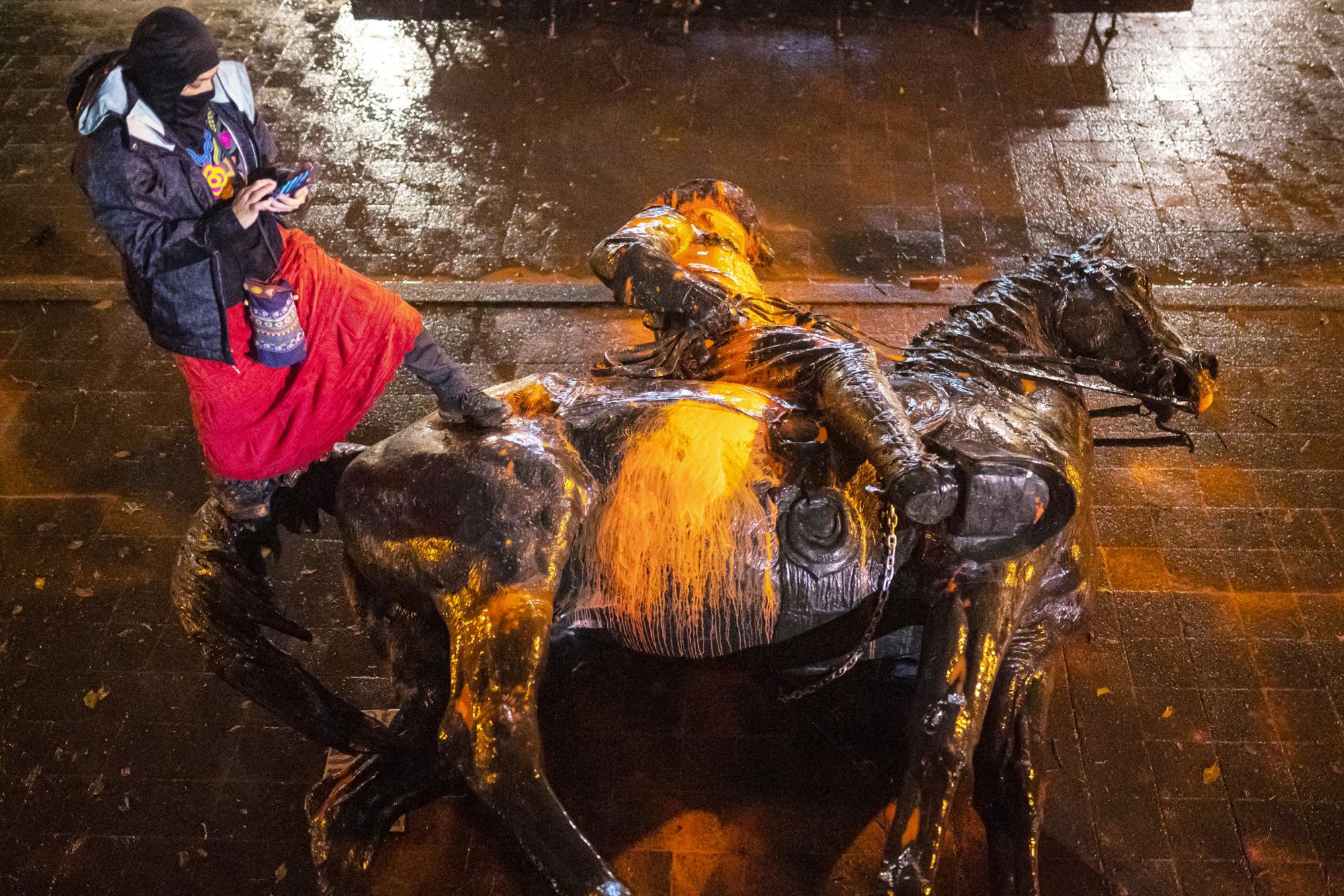
Authorities also recovered fuel containers filled with gasoline, ethanol, heavy petroleum distillates, and fatty acid methyl esters, which are ingredients for Molotov cocktails. On Muhammad’s cell phone, cops found a recipe for mixing the explosives and a message bragging about how he supplied the mob with baseball bats.
Muhammad’s DNA covered the unburned wicks.
When shown photos of the demonstrations, Muhammad’s girlfriend identified him as the man wearing the pink gas mask, according to court records.
Arraigned in state court on May 26, 2021, Muhammad left the courthouse on a $212,000 bond posted by a nonprofit.
He was arrested the next day on federal charges and has remained in custody ever since.
Read Next:

Carl Prine is a former senior editor at Coffee or Die Magazine. He has worked at Navy Times, The San Diego Union-Tribune, and Pittsburgh Tribune-Review. He served in the Marine Corps and the Pennsylvania Army National Guard. His awards include the Joseph Galloway Award for Distinguished Reporting on the military, a first prize from Investigative Reporters & Editors, and the Combat Infantryman Badge.
BRCC and Bad Moon Print Press team up for an exclusive, limited-edition T-shirt design!
BRCC partners with Team Room Design for an exclusive T-shirt release!
Thirty Seconds Out has partnered with BRCC for an exclusive shirt design invoking the God of Winter.
Lucas O'Hara of Grizzly Forge has teamed up with BRCC for a badass, exclusive Shirt Club T-shirt design featuring his most popular knife and tiomahawk.
Coffee or Die sits down with one of the graphic designers behind Black Rifle Coffee's signature look and vibe.
Biden will award the Medal of Honor to a Vietnam War Army helicopter pilot who risked his life to save a reconnaissance team from almost certain death.
Ever wonder how much Jack Mandaville would f*ck sh*t up if he went back in time? The American Revolution didn't even see him coming.
A nearly 200-year-old West Point time capsule that at first appeared to yield little more than dust contains hidden treasure, the US Military Academy said.

